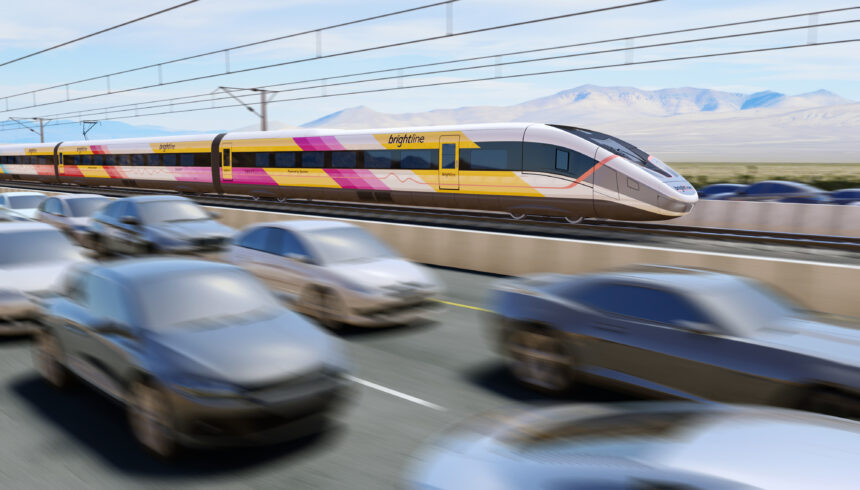High-Speed Rail Development: A New Frontier for the United States
The United States, with its sprawling population of 340 million, boasts 71 interstate highways and over 5,000 airports. Yet, it currently lacks a high-speed rail system. As construction begins on two significant high-speed rail (HSR) projects, some are optimistic about a shift toward faster, more efficient rail travel reminiscent of those seen in China, Japan, and Europe.
Progress on Key Projects
According to Rick Harnish, head of the High Speed Rail Alliance, the announcement of two major projects is a positive step. “The first is the San Francisco to Los Angeles route,” he notes. “This route faces significant challenges due to California’s mountainous terrain.” The second project involves a more straightforward route connecting Las Vegas to Los Angeles.
The aspirations for HSR do not stop there. Plans are also underway for a line connecting Portland, Oregon to Seattle, Washington, and extending to Vancouver, Canada, alongside another linking Dallas and Houston. However, Harnish expressed concerns regarding the slow planning processes for these projects and the uncertainty surrounding the Texas line after the abrupt cancellation of a $63.9 million federal grant by the Trump administration.
Global Comparisons
In stark contrast to the US, China has established a high-speed rail network anticipated to exceed 50,000 kilometers (over 31,000 miles) this year. The European Union follows closely with 8,556 kilometers, with Spain leading at 3,190 kilometers. The UK currently only has the High Speed 1 link, although High Speed 2, connecting London Euston to Birmingham, is under construction despite recent funding hurdles.
Challenges of High-Speed Rail in the US
There is no definitive standard for HSR globally, but the International Union of Railways suggests that trains must reach speeds above 250 km/h (155 mph). One reason for the US lagging in HSR development is its deep-rooted car culture. American rail industry journalist Will Doig pointed out, “There are many who feel we don’t need HSR or don’t want it passing through their neighborhoods.” Furthermore, he pointed to governmental reluctance to invest in rail projects.
Amid these challenges, Amtrak, the state-owned passenger train service, recently witnessed the resignation of its CEO, Stephen Gardner, reportedly due to pressure from the White House. Presently, Amtrak operates no HSR trains, although it is set to introduce 28 new 160 mph NextGen Acela trains on its Northeast Corridor later this year. Unfortunately, only a small portion—approximately 50 miles—of this 457-mile line accommodates speeds above 150 mph.
| Country | Total HSR Length | Key Project |
|---|---|---|
| China | 50,000 km (31,000 miles) | Multiple nationwide HSR lines |
| European Union | 8,556 km | Example: Spain’s 3,190 km |
| United States | None operational yet | San Francisco to LA |
Future Directions
Scott Sherin, an executive with French train manufacturer Alstom, has raised concerns about the political resolve in the US to invest in rail infrastructure. He notes that urban landscapes, particularly in cities like Dallas and Houston, may present further barriers to establishing effective HSR networks due to their dense development.
Looking towards the future, Will Doig expressed a desire to see collaborative efforts between the US and China in developing HSR systems. However, he acknowledged that political tensions make such partnerships challenging. “Without harmony between the two nations, the opportunity for mutual growth remains unrealized,” he concluded.




